October 29-November 4, 2023
Welcome Gray
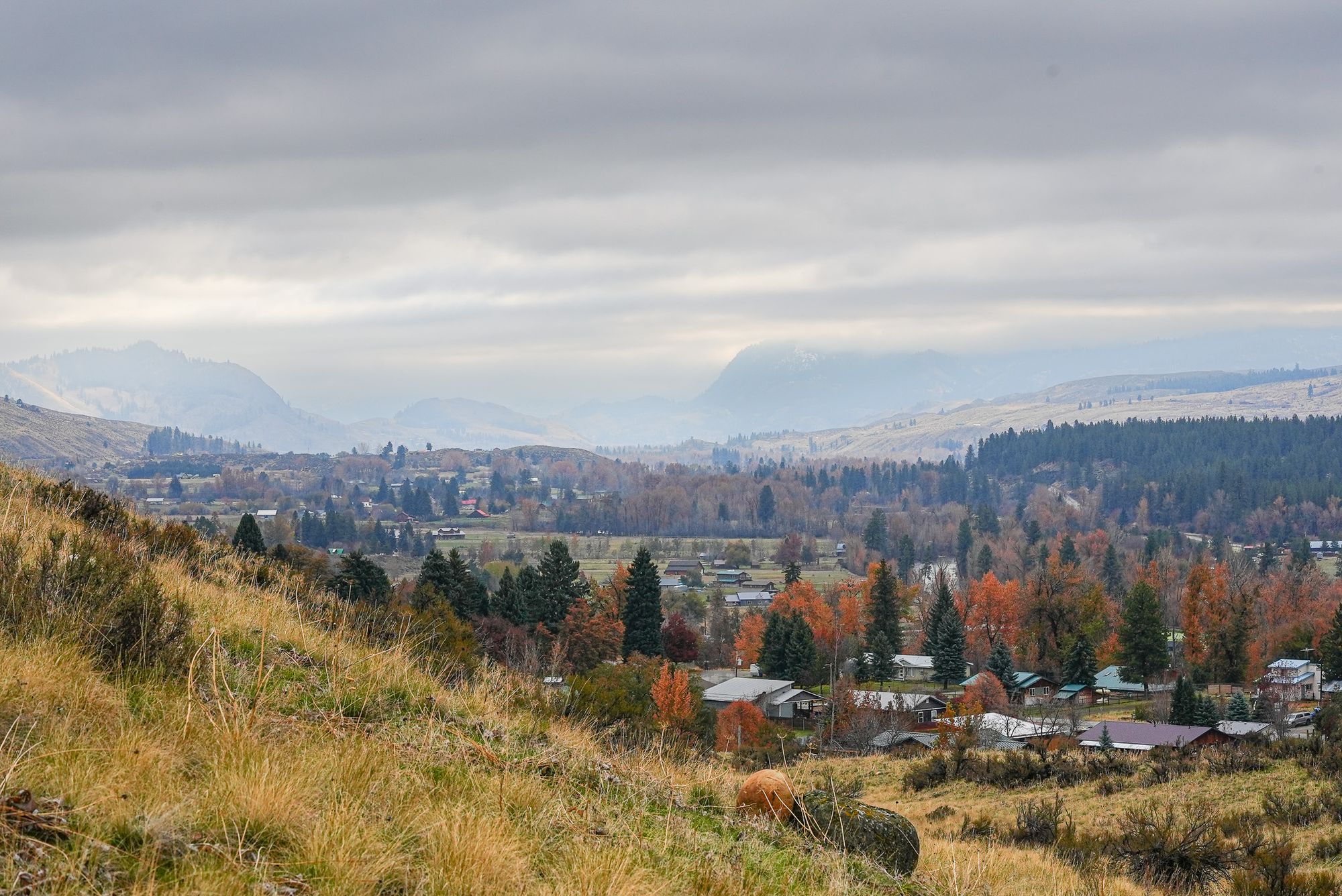
Days of gray, heavy skies and rain, turned into even more days of gray, heavy skies and rain.
Week in Review
This has been the first (and only?) time this year when the skies were gray, completely clouded over, and raining every day in a single week. In fact, this feels like the longest stretch of rainy days that we've experienced in years —and it's not over yet!
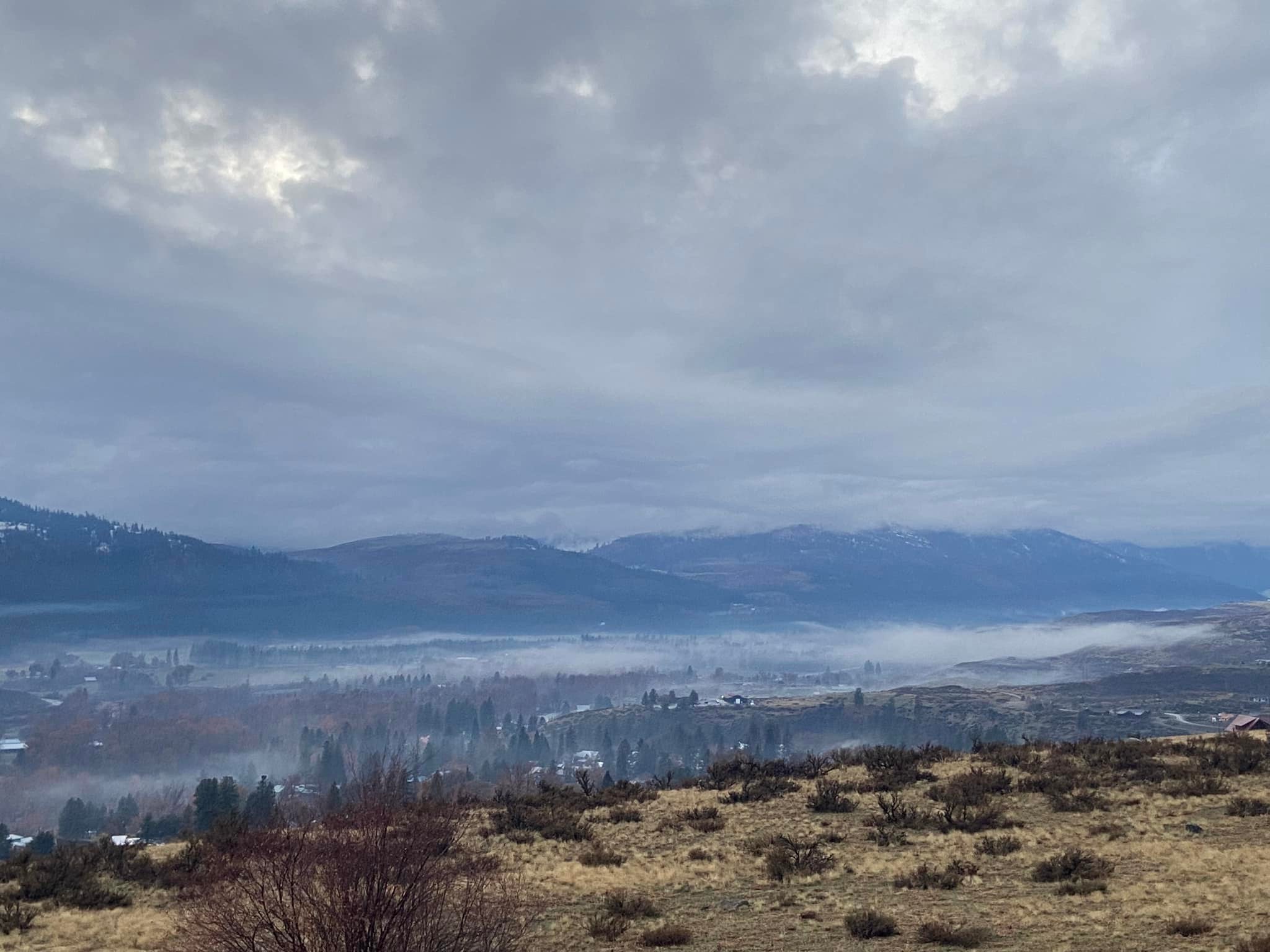
One benefit of the rain is that rivers and creeks are rising, but unfortunately, in the mountains, the storm doesn't seem to be laying down a much-needed snowpack.
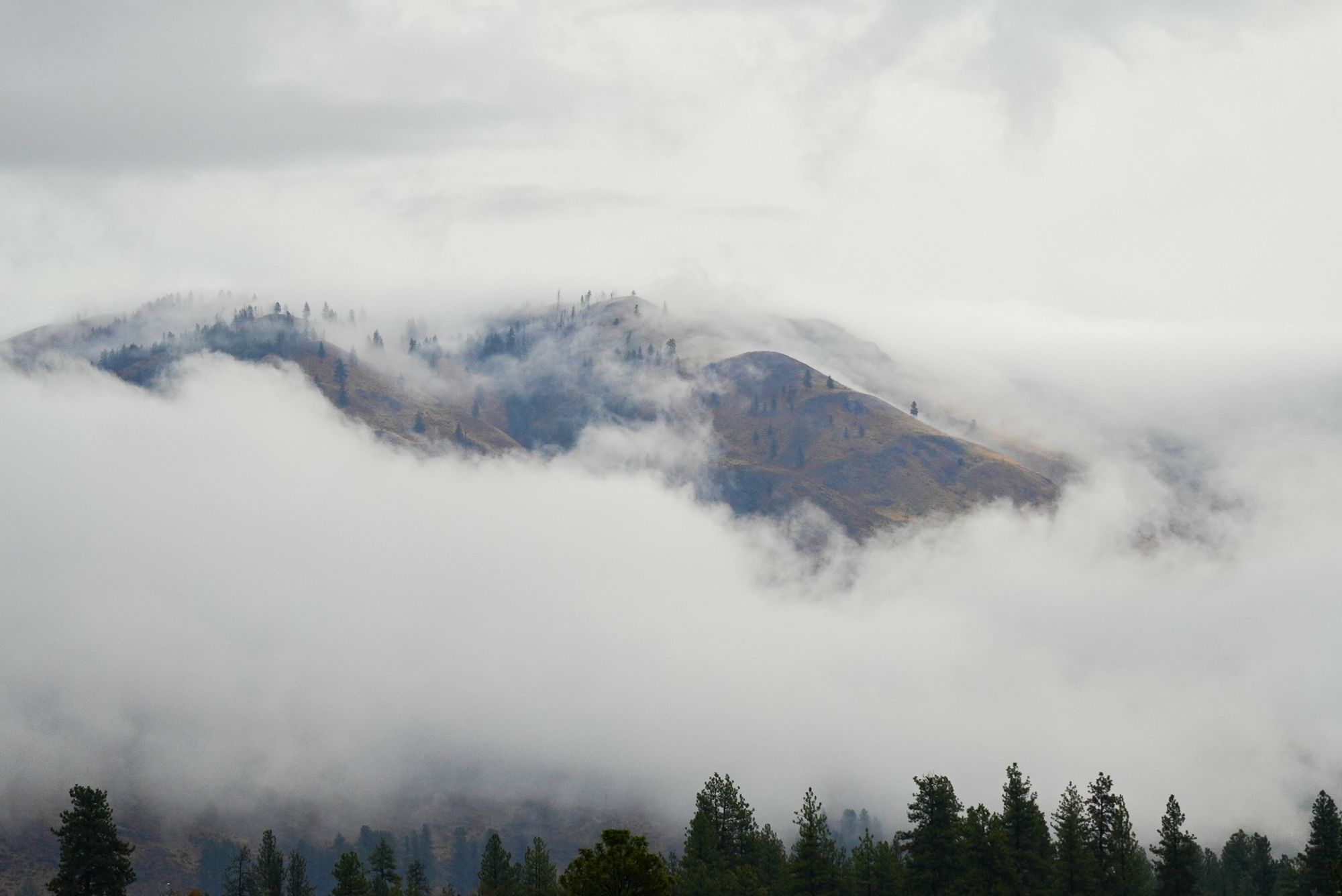
For example, Snoqualmie Pass, east of Seattle, is seeing heavy rain, while Washington Pass, west of Mazama, is getting a mix of rain and snow, with a meager accumulation of snow expected over the coming week.
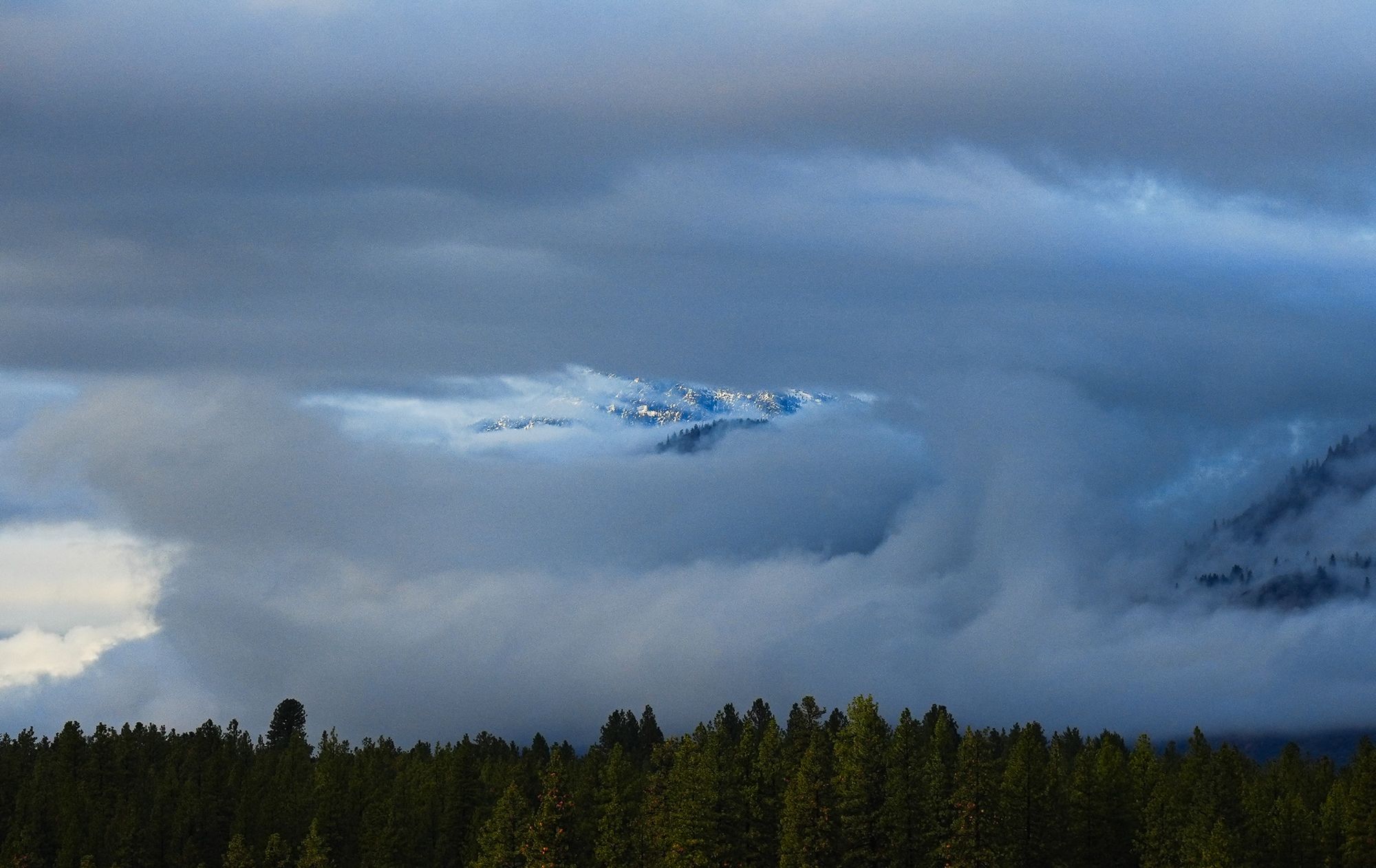
The long-range forecast suggests we'll be having an El Niño winter, with warmer and drier conditions than average, so a storm delivering rain rather than snow fits into this expected pattern. It will be interesting to see what the winter brings!

I'm also noticing that this extended stretch of rainy days, with no snow or ice, has all the grasses greening up and growing. It's intriguing to see all this new growth happening at the end of October, but I'm not sure if this is a smart way to get a jump on next spring, or if it's a mistake because winter is coming soon?!

Due to the rain, there has been very little animal activity this week. It's true that a few birds were quietly moving around, but there haven't been many notable arrivals or gatherings of birds. The only exception was a large group of Bohemian waxwings observed over several days at the Spring Creek Bridge.
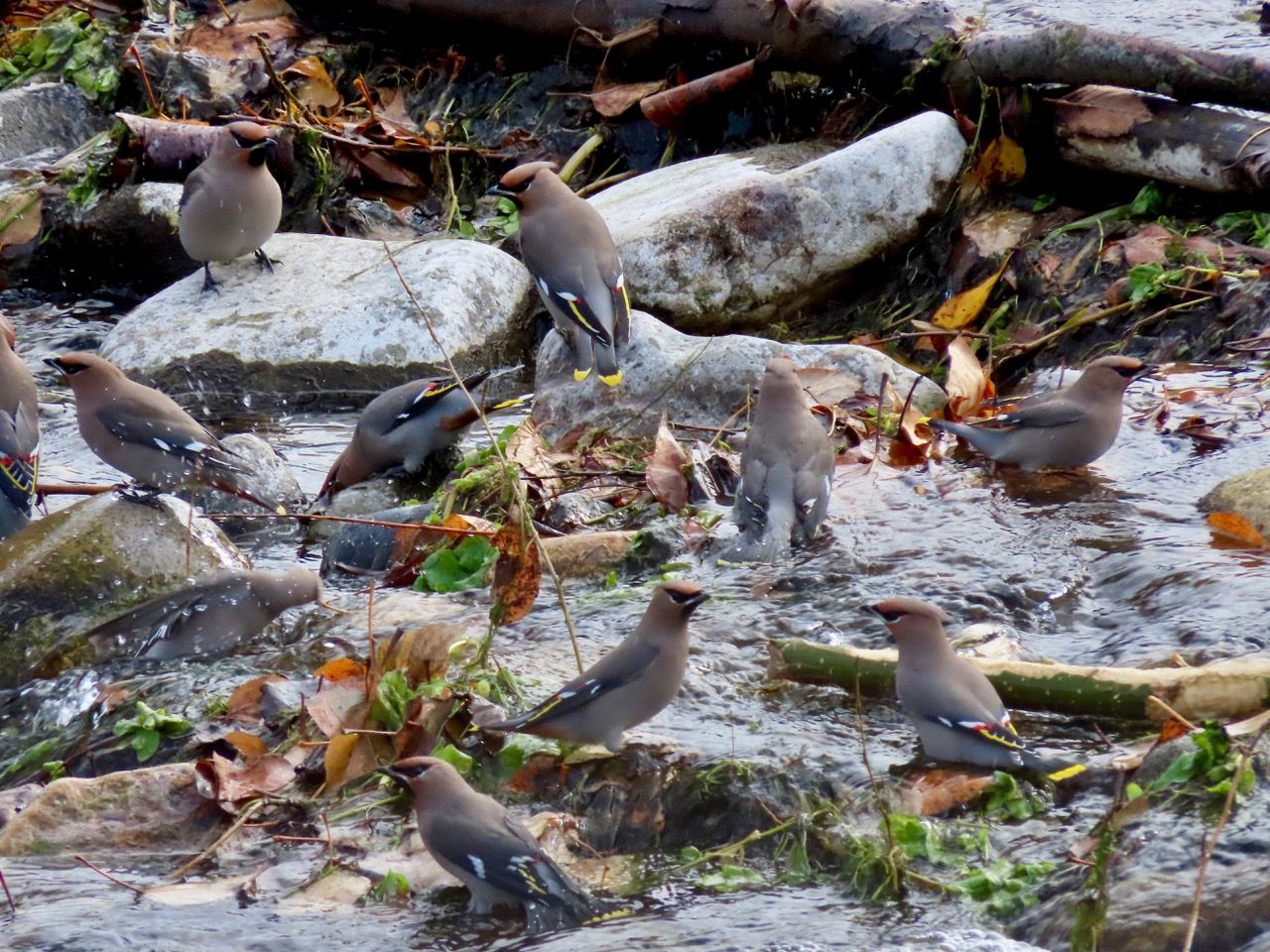
Still—if you go outside in the right frame of mind—you might notice that this is a remarkable moment in the Methow Valley.
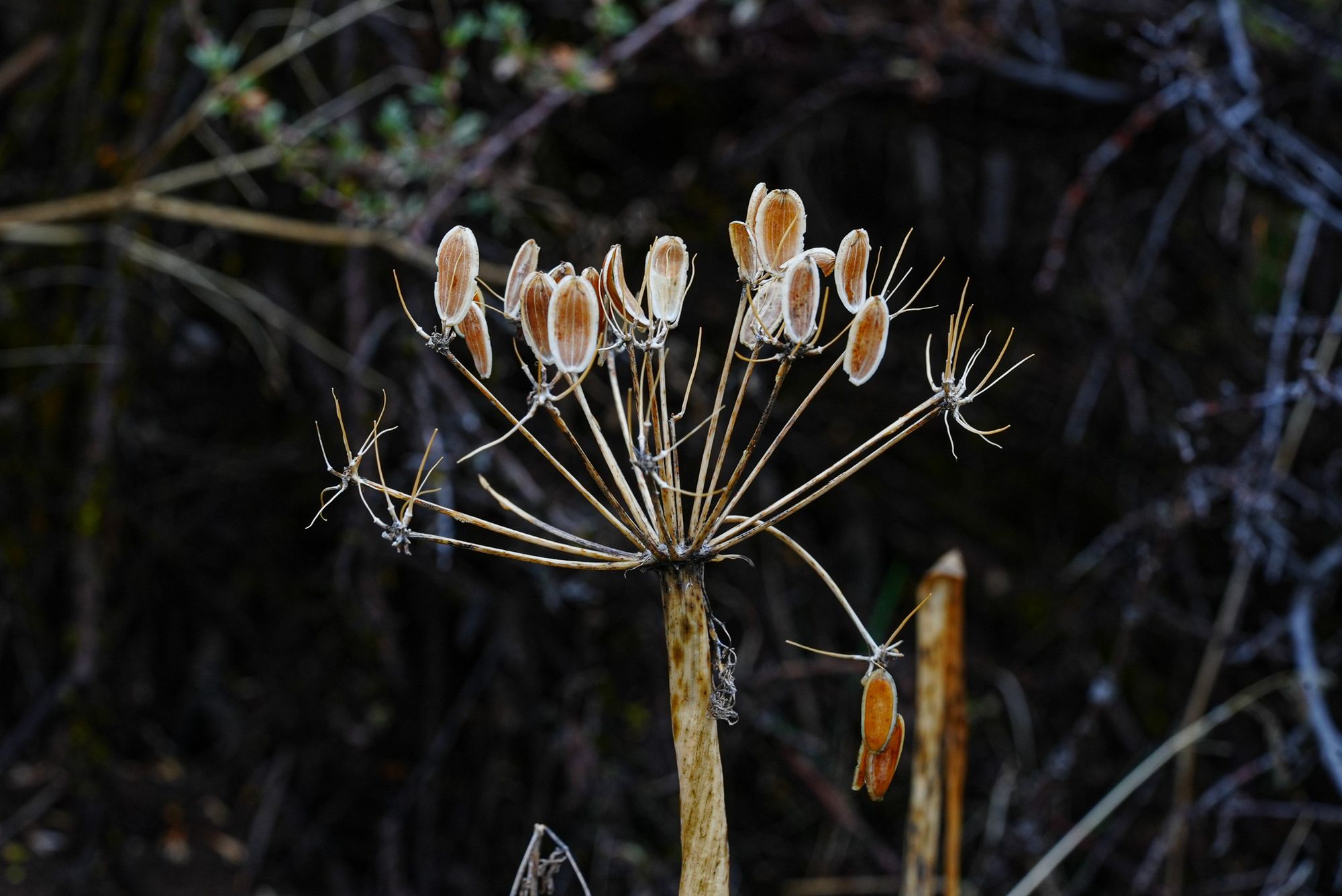
It's rare that we get an extended period of soggy, late autumn days without snow covering the ground. And, when the days are wet, but not freezing, mosses and lichens come alive, while fungi, bacteria, and microbes start actively breaking down old plant tissues.
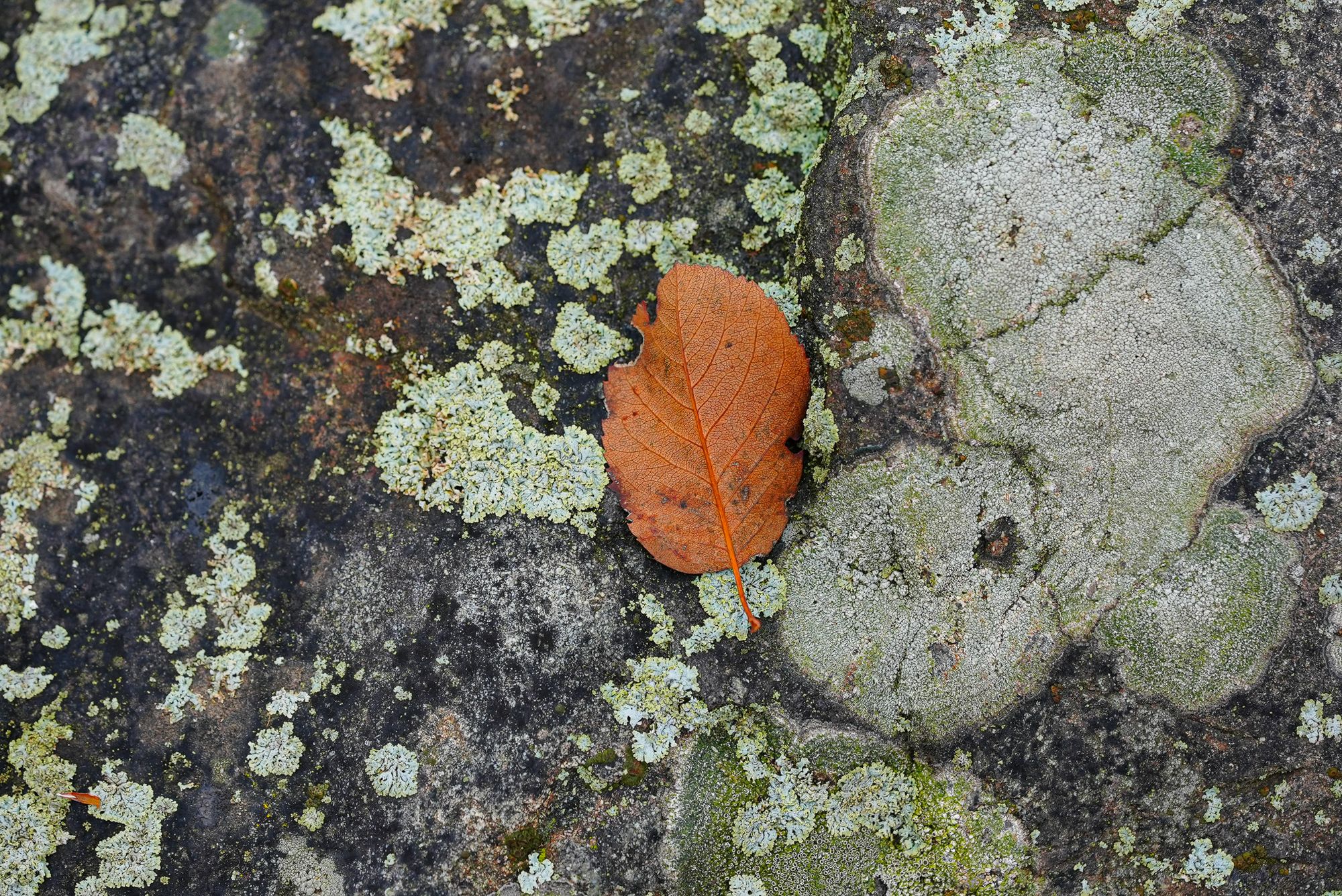
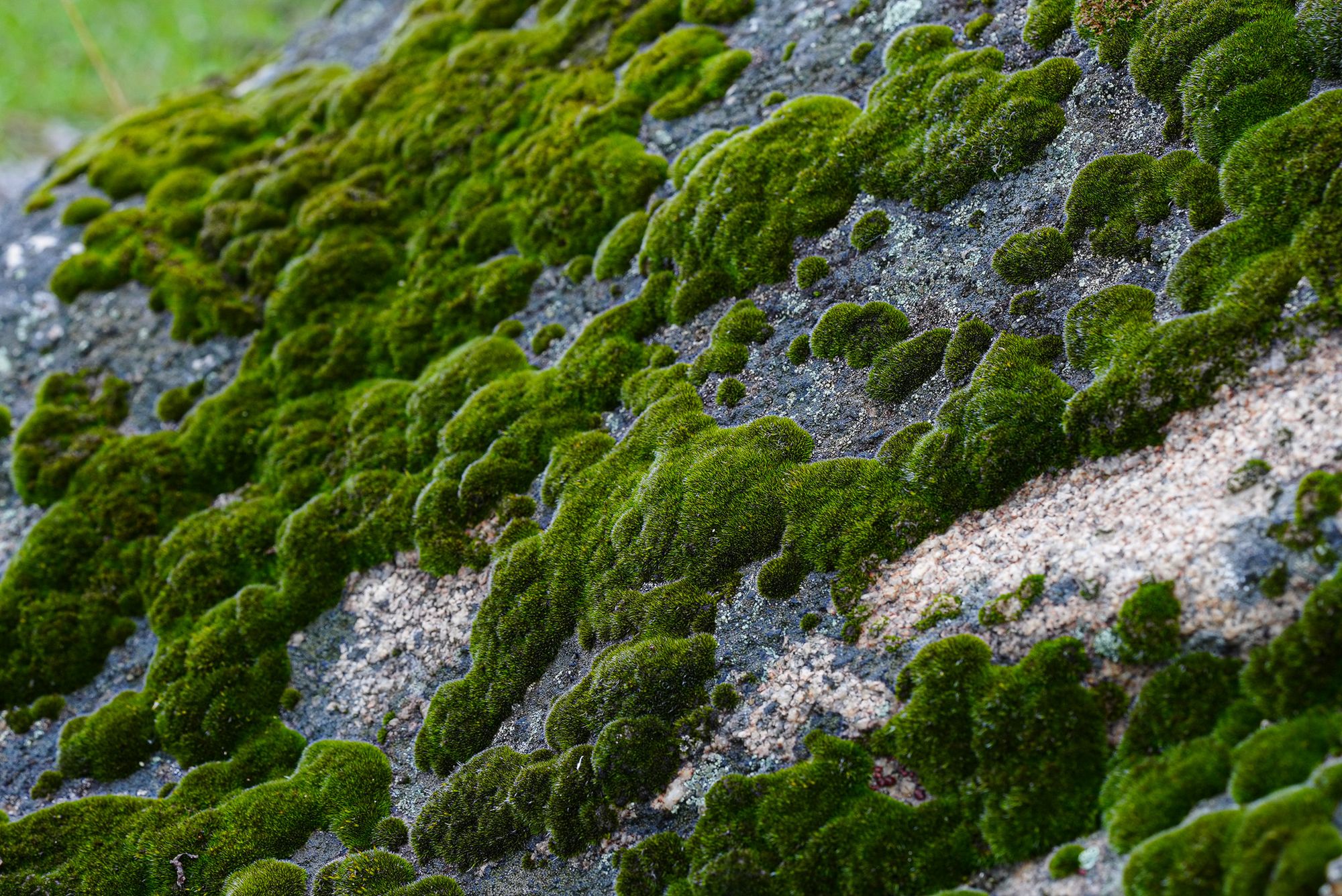
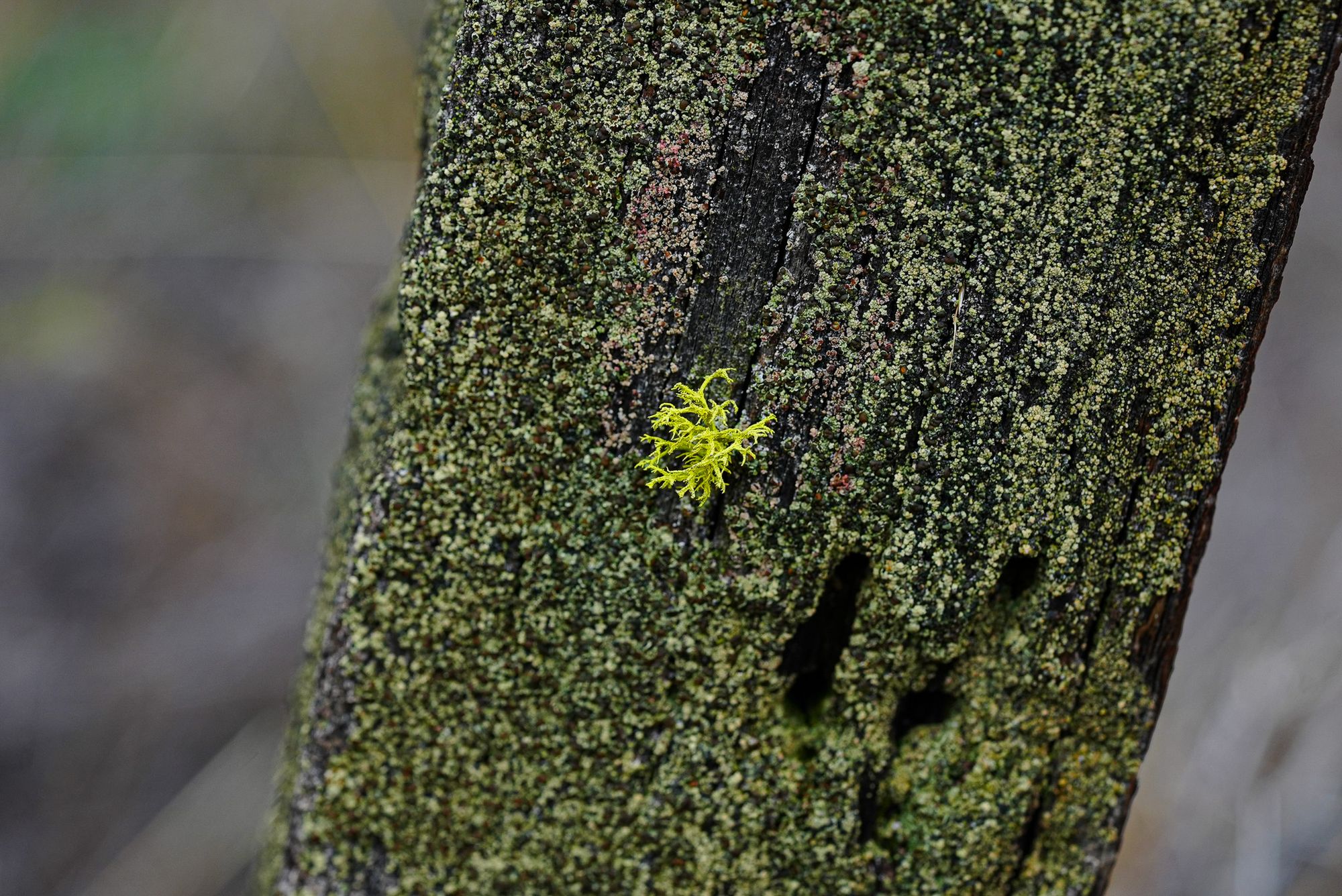
We don't often see these processes at work in the Methow Valley because we usually go from dry autumn days straight into the depths of winter. So yes, it's muddy out there, but I hope you get to spend some time walking around and appreciating this unusual autumn weather.
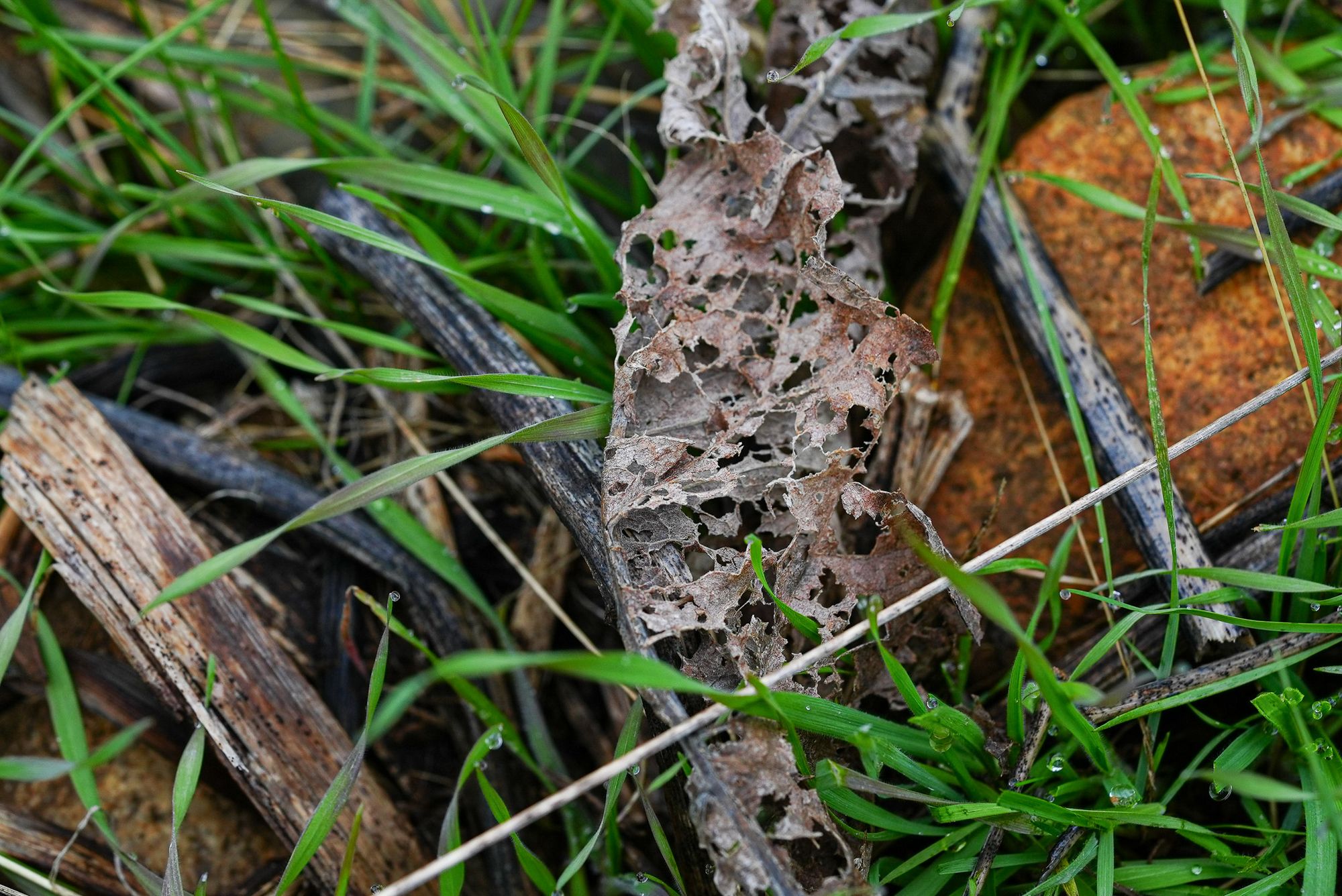
Observation of the Week: Earthworms
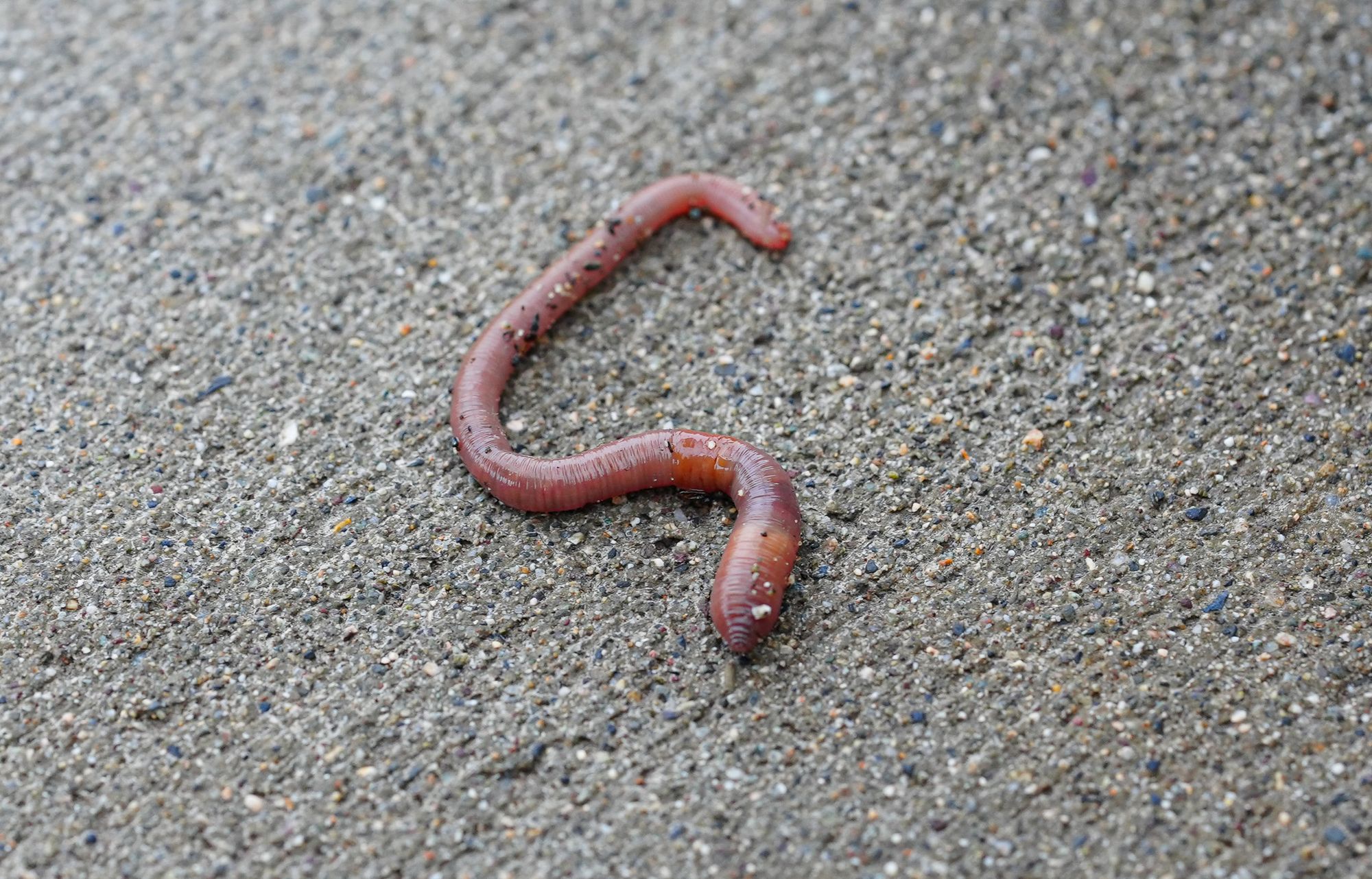
Another thing you might be noticing after days of rain are the many earthworms crawling around. Every time I look outside there are more and more crossing our walkway and patio.
There is so much to say about earthworms that I'm planning to write an in-depth article for my Lukas Guides newsletter in a couple weeks, but in the meantime here are a few tidbits to whet your appetite.
First of all, do you know why earthworms come out when it's raining? We've been told it's because they're drowning in their burrows, but that isn't true.
Earthworms don't have lungs like humans, but instead absorb oxygen through their wet skin, so they can't easily drown in water. In fact, if there's enough oxygen in the water they can survive for weeks in water.
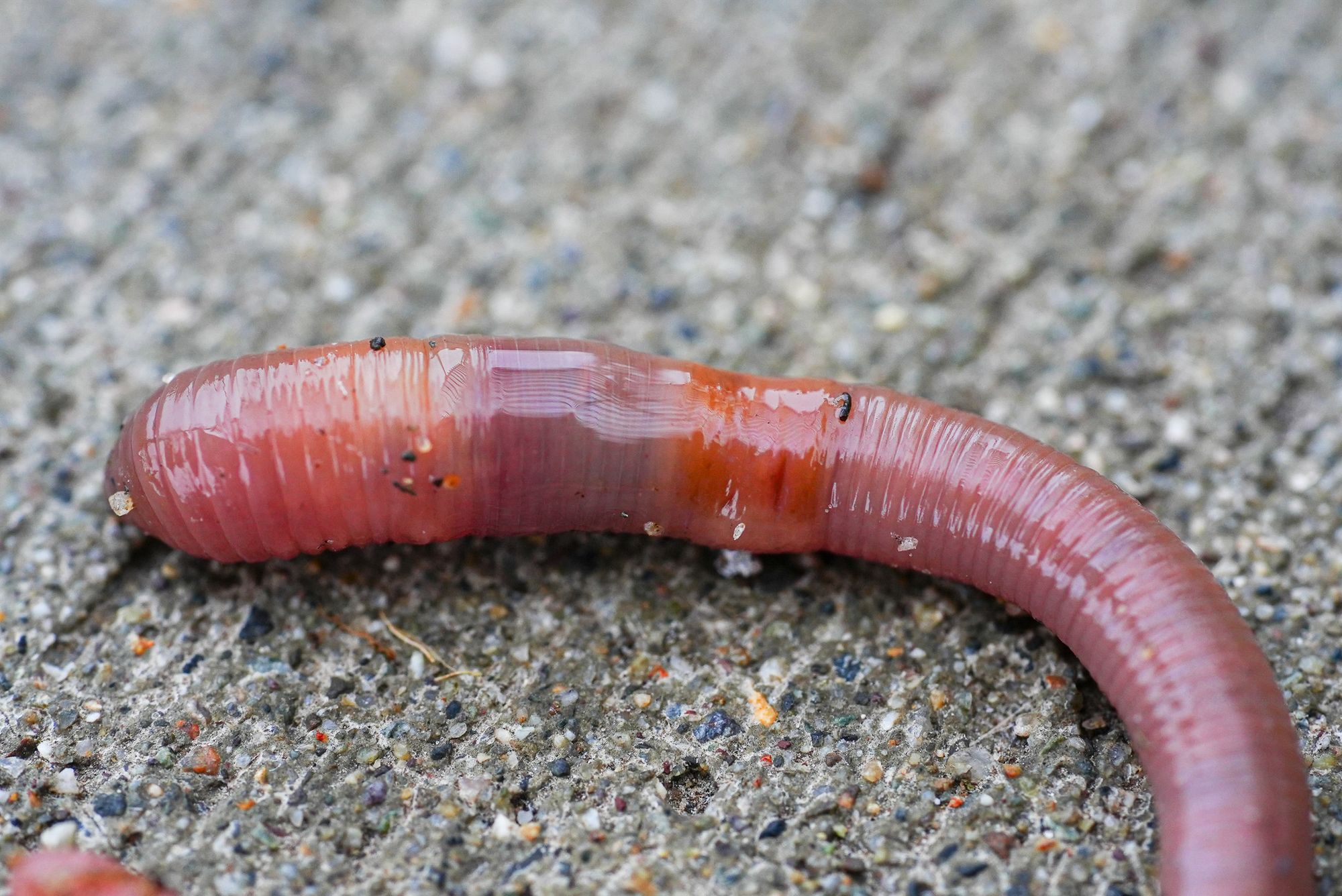
It is thought that the real reason worms come out in the rain is because it's difficult to travel long distances in the soil, so when the ground is wet they can emerge and roam on the surface in search of mates or new homes. Sadly, if they end up crossing dry pavement, or the rain stops and the sun comes out, many of these travelers may die.
Another interesting fact is that we don't have any native earthworms in the Methow Valley. In fact, there are no remaining native earthworms in Canada or the northern United States because these areas were covered by giant sheets of ice during the last Ice Age.
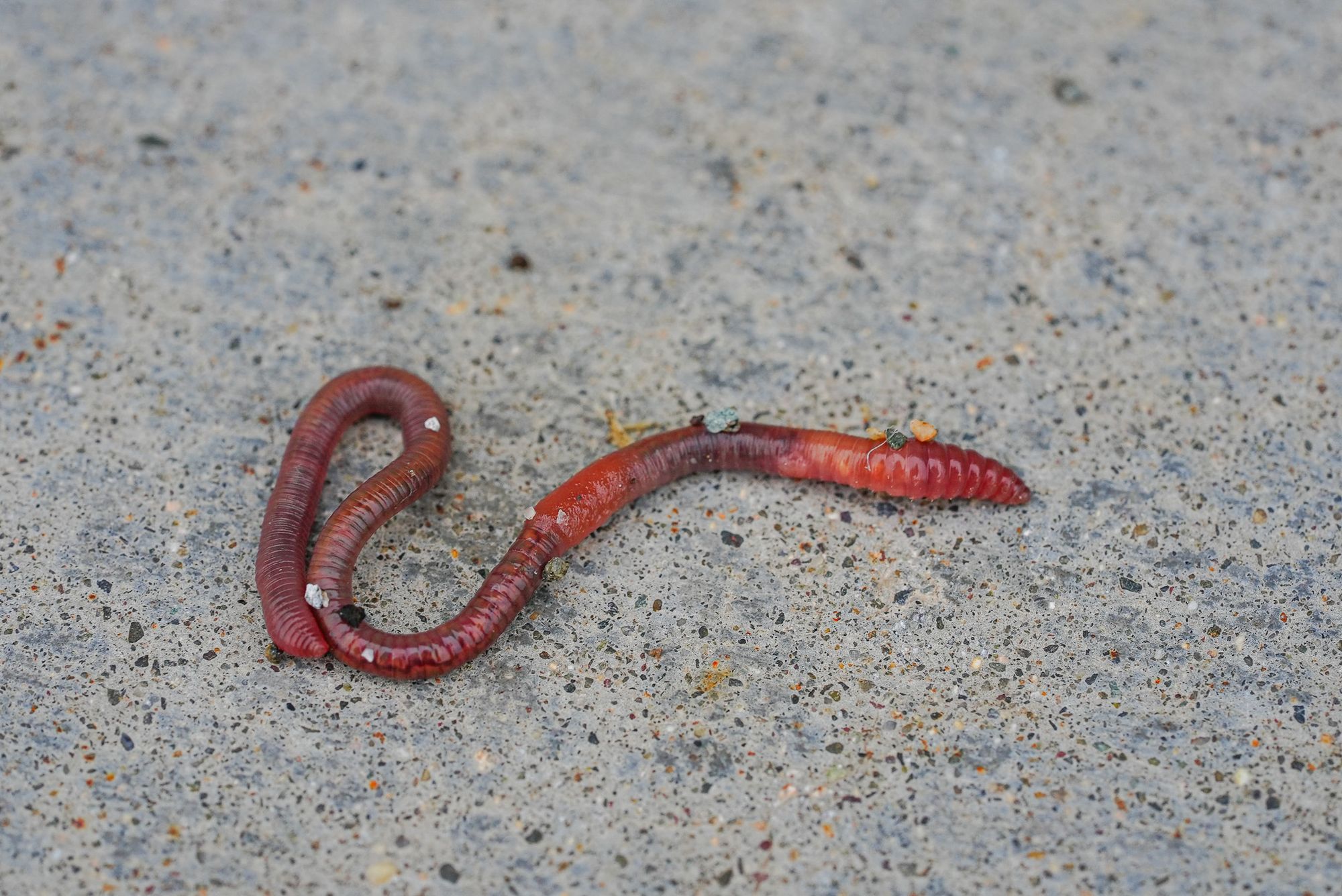
This means that all of our earthworms are introduced species, and this might be a big deal because earthworms have immense impacts on natural ecosystems (if you want to learn more, this is a topic I'll be exploring in my Lukas Guides newsletter).
Unfortunately, the ecological role and impacts of earthworms in the Methow Valley has never been studied, so we can only speculate, but seeing earthworms coming out in the rain makes me wonder what's going on here.
